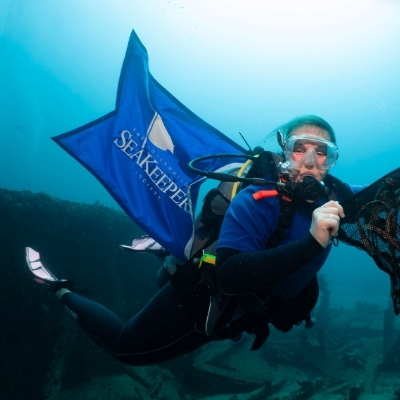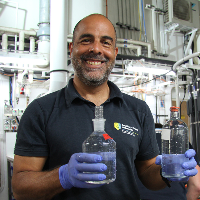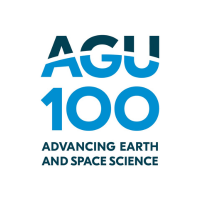Uncovering hidden treasures: Groundwater nutrient flows on oceanic islands
Project Overview:
In this project aims to uncover the hidden secrets of groundwater nutrient flows on oceanic islands. More specifically, the researchers aim to determine how groundwater nutrient flows are affected by human activity and how this influences island ecosystems. This information is crucial for the preservation and management of these keystone ecosystems. The team plans to install a series of groundwater samplers on selected oceanic islands in the Capricorn Bunker region of the Great Barrier Reef. The islands have different degrees of human disturbance (guano mined, cleared, revegetated, undisturbed) and therefore provide an excellent opportunity to understand how groundwater nutrient flows are influenced by human activities, and how this manifests in the marine environment.
Program Partners
- Southern Cross University
Location
- Capricorn Bunker Region of the Great Barrier Reef
Expected Time Frame
- Flexible; 2025
Duration of Expedition
- 7 Days
Accommodation Needed
- 4 to 5 Researchers
Special Equipment Needed
- Licensed Captain; swim platform (hydraulic or stationary) or easy access to water; access to tender or smaller vessel; cabin space for sample processing
Expedition parameters listed above are flexible and negotiable.
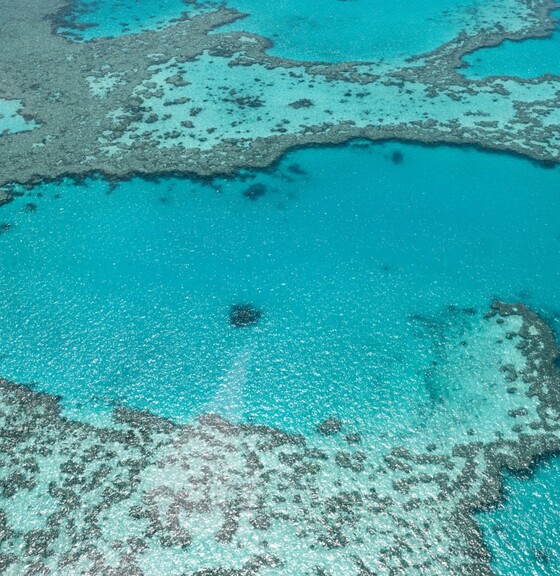
Background:
Oceanic islands are recognized globally as biodiversity hotspots, and in the coming decades they will play a central role as marine “climate arks”, acting as critical biodiversity sanctuaries against global climate change. But why are oceanic islands systems so productive, and how does human activity affect the vibrant ecosystems around oceanic islands? The researchers have recently found that one of the most important factors regulating the productivity of oceanic islands is groundwater. This hidden flow of water carries nutrients from bird guano to the reefs and ecosystems around oceanic islands, sustaining and supporting abundant marine life. Their previous work has also shown that groundwater nutrient levels on different oceanic islands can vary significantly, but we don’t know why, or how this affects the surrounding marine ecosystems. Despite its importance, groundwater is one of the most understudied components of oceanic islands, with most research being focused on the very tactile and vibrant above ground ecosystems.
This project aims to unravel the links between human disturbance and the delivery of nutrients to marine ecosystems via groundwater flow. The new knowledge generated in this project will contribute significantly to the ongoing management of oceanic islands, and therefore the precious biodiversity that surrounds them.
Mission:
The overarching objective of this project is to unravel the links between human disturbance and the delivery of nutrients to marine ecosystems via groundwater flow on oceanic islands. The project mission will involve the installation of groundwater samplers on five islands in the Capricorn Bunker group of the GBR. The islands have been selected because they have different levels of human disturbance ranging from undisturbed to guano mined. These disturbances are predicted to influence the supply of nutrients to from land to sea, but we currently don’t know the magnitude of this relationship, or how it influences surrounding marine ecosystems.
The mission is divided into two parts, a terrestrial, and a marine component. The terrestrial component involves the installation of 3-5 groundwater samplers along a transect running from the middle of an island to the beach on each island. The samplers are hammered into the soil until we reach the aquifer. Groundwater can be extracted from the samplers and used for analysis of nutrients and other water quality for many years. The marine component involves performing rapid surveys to collect algae and small coral samples that can be used to map groundwater flow paths. Video surveys will also be conducted to give a broad indication of coral coverage and ecosystem health. It is expected that each island can be sampled in 24 hrs, meaning the whole survey will take 5-7 days, including transit time.
Applications:
This work will inform management decisions and actions. This study will also be published in peer reviewed journals and will involve two universities and incorporate student research.
Program Partners:
Get Involved
If you’re interested in learning more about this specific program opportunity, please reach out to our team below to find out more about this program or get involved in other opportunities with SeaKeepers.
Explore More Opportunities
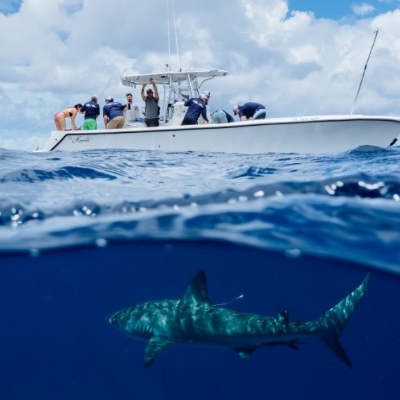
At-Sea Opportunities
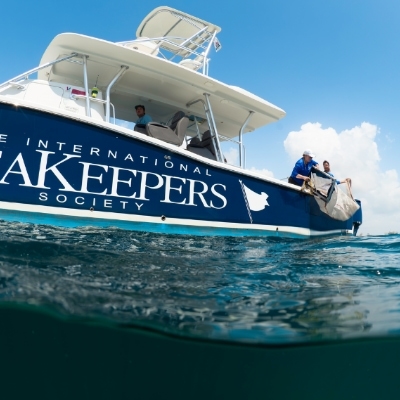
Citizen Science Opportunities
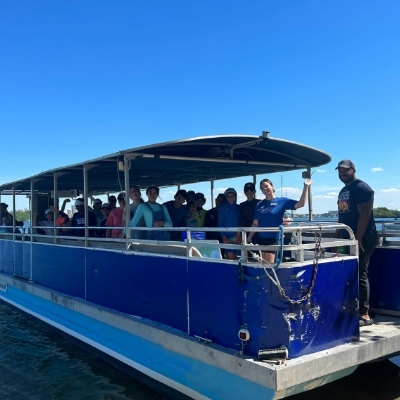
Education Opportunities
